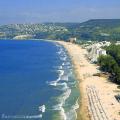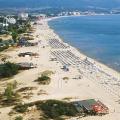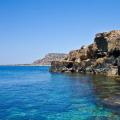14.2. Classification of natural resources
There are many different classifications of resources. By the nature of human impact, natural resources are usually divided into two groups: inexhaustible and exhaustible (V.A.Vronsky, 1997), which are presented in Figure 14.1.
Exhaustible resources, in turn, are subdivided into non-renewable (non-renewable) and renewable (recoverable).
There is a mismatch between rich and developed African countries and others still suffering from poverty. This discrepancy affects the positioning of African countries in the world. Indeed, although some African states find their place in the international community and in one way or another act on international relations, other countries are marginalized and only mentioned they receive and crises that are widespread there and that the international community must resolve.
Natural resource management. More than the availability of resources, it is governance that makes the difference in the positioning of African countries among their peers in the world. Ghana, the highest ranking African country, is ranked 15th. It belongs to the category of countries that partially meet the standards of transparency and accountability in managing the wealth of their basements, along with Liberia, Zambia, South Africa and Morocco.
Figure 14.1 - Main types of natural resources
(after V.A.Vronsky, 1996)
Non-renewable natural resources include those that are absolutely not recoverable or recovered hundreds of thousands and millions of times slower than their use. These resources include most of the minerals - coal, oil, peat bogs, many sedimentary rocks. The use of these resources will inevitably lead to their depletion.
In this ranking, it should be noted that some well-off countries in terms of natural resources, especially oil, are in the lowest ranking of the ranking when it comes to the rules of transparency and accountability in the management of these resources. As a result of these diverging governance systems, fragmentation prevents cooperation between African countries and the division of these countries into separate categories according to the resource management regime.
Arable land management is another example of a governance imbalance in Africa. If countries rich in fertile land import their food, some of them, for example, South Africa are among the 11 agricultural countries in the world. In addition, Africa accounts for 24% of the world's agricultural land and one third of the world's river basins, but only 9% of agricultural production. Another area where Africa leads the way in terms of natural endowment, but loses its first place when it comes to pooling both natural resources and good governance.
The protection of non-renewable natural resources comes down to the rational, economical use, the fight against losses during the extraction, transportation, processing and use, as well as the search for substitutes.
Renewable natural resources include, first of all, biological resources - vegetation, animal world as well as soil, some mineral resources eg salts deposited in lakes and sea lagoons.
Africa is at the center of the difference between geography, which explains the physical, demographic and natural aspects; and geopolitics, which in its analysis can go beyond geographic data to issues such as the governance and management of international relations.
Inconsistencies with regard to natural donations. Africa's natural wealth does not naturally spread across the continent. Several resources where the continent is one of largest manufacturers or one of the largest holders of reserves, actually concentrated in some countries. Sometimes it is the same country that ranks first for several resources.
These resources are constantly replenished as they are used. However, certain natural conditions are required to preserve their ability to recover. Violation of these conditions delays or completely stops the process of self-healing, which should be taken into account when using renewable natural resources. Recovery processes proceed at a certain rate for different resources. For example, it takes a year or several years for animals to recover, forests take at least 60 years, and soils several millennia. Therefore, the rate of consumption of natural resources must correspond to the rate of their recovery. Failure to comply with this inevitably leads to the depletion of natural resources (reduction of forests, a decrease in the reserves of game animals, a decrease in soil fertility, etc.). Renewable natural resources under the influence of human activities can become non-renewable. This applies to completely exterminated species of animals and plants, to soils lost as a result of erosion, etc. The protection of renewable natural resources should be carried out through their rational use and expanded reproduction. The protection of biological resources is of great importance in the construction of highways, main pipelines, in irrigation and drainage construction, and in agricultural work. The key to protecting renewable natural resources is to ensure that they are always recoverable. Then they will be able to serve a person almost indefinitely.
In terms of hydrocarbons, five African countries have the largest share of reserves and production; the rest remain either at the level of very average production, or insignificant, or are deprived of resources in hydrocarbons. Attached tables. For gold production, although Africa is well positioned to produce gold globally, it is clear that these products are concentrated in several countries.
If one geopolitical lesson is drawn from these two examples, then the difference in language must be used in geopolitical analyzes and studies. Talking about natural resources in Africa does not and should not have the same meaning as talking about natural resources of African countries. Indeed, when Africa's natural wealth is taken into account, the continent as a whole appears to have sufficient resources to provide good place in the world and abandoning addiction to interdependence. However, while some of the continent's states - if not emerging - are at least middle-income countries, most are still developing, not just the poor.
Inexhaustible (inexhaustible) natural resources are a quantitatively inexhaustible part of natural resources (solar energy, sea tides, flowing water), sometimes the atmosphere and the hydrosphere are included here, although with significant pollution by anthropogenic toxicants they can become exhaustible (renewable).
In this case, it is better to talk about the resources of African countries, and not about African resources. Overall, Africa appears to be rich, and the wealth of its countries seems to be complementary. However, the absence of effective mechanisms for cooperation and mechanisms of complementarity gives Africa the image of a continent that seeks to overcome its fragmented order and seek the best ways of cooperation or even integration.
It is this drive to overcome the lines of fragmentation and internal squabbles that arise from the actions of some African leaders in favor of inter-African solidarity and cooperation that is a glimmer of hope that Africa will take a place in the world that makes it rich in natural resources.
It should be noted that the use of the term "inexhaustible resources" is not entirely correct. As V.V. Mavrishchev (2000) points out, this group of resources can be called so only conditionally. Some authors believe that "the allocation of a group of inexhaustible natural resources is a surprisingly persistent delusion" (NF Reymers, 1994), and they adhere to the law of the limited (exhaustion) of natural resources on Earth.
Natural resources for cooperation and integration. Countries usually perceive natural resources as strategic national capital, tied to sovereignty, and must remain at the exclusive disposal of national interests. Any free access by partners to these resources is considered a direct attack on sovereignty. It is from this vision that natural resources rhyme with conflict rather than cooperation.
Methods for protecting natural resources
"The right to permanent sovereignty of peoples and peoples over their wealth and natural resources will be exercised in the interests of national development and the well-being of the people of the respective state." Many countries cannot abandon the idea that integration implies that the richest countries bear the brunt of integration.
In addition to the above, they also allocate such resources as recreational, aesthetic. Recreational resources are natural resources that provide recreation and restoration of human health and working capacity; aesthetic - a combination of natural factors that have a positive effect on the spiritual wealth of a person. Even PI Tchaikovsky wrote: “The power of the country lies not only in material wealth, but also in the spirit of the people. The wider and freer this soul is, the greater greatness and strength the state achieves. And what brings up the breadth of the spirit, if not this amazing nature. It must be protected, as we protect the very life of a person ... ”(Vronsky V. A., 1997).
However, in Africa, there are several attempts to improve natural resource management on a bilateral or multilateral basis, which not only optimize production and operations, but, above all, create a better path for integration ambitions.
This search for ways of cooperation in many cases avoided prolonging certain conflicts and helped, by providing procedures for joint resource management, to resolve certain crises. Several cases should be mentioned in this area. The zone is located on the sea between the two countries - an oil-rich zone, where reserves will be about 1 billion barrels. According to this agreement, Sao Tome becomes 40%, and Nigeria - 60%. This process of joint exploitation of marine resources in general and oil in particular in areas of joint development allows not only making resources a factor of cooperation and a step towards true integration, but also avoiding the negative consequences of an unresolved border dispute.
| Previous |
The world's natural resources are everything accessible to man components of living and inanimate nature, which he has the ability to use to meet his needs and requirements in the process of production and life. Located on the surface of the Earth's shell, they impress with their number and variety. So far, it is believed that planet Earth is the only place in the Universe suitable for human life. Today, the world's natural resources are the foundation of the economy and world production. The number of benefits of the planet used by people confirms this. The significant importance in the life of modern mankind has forced to streamline the natural resources of the world. They are all divided into two types.
Threats of depletion of natural resources
Democratic Republic Congo and Angola were contested peacefully, which contradicted the maritime border. It is considered a good example of cooperation around oil resources to combat the spirit of unfortunate tensions. The Democratic Republic of the Congo has asked the United Nations to expand its continental shelf. It turned out, however, that this area covers the oil region, in which Angola attracts its resources.
Sovereign management of nature management and environmental protection
The Nigeria-Morocco gas pipeline is another aspect of the search for cooperation. This could be an extension of the West African gas pipeline, which already serves Benin, Togo and Ghana, neighboring Nigeria. This project expresses the desire to turn the natural resource of the conflict factor into a lever of cooperation. Upon completion, the pipeline will cross fifteen countries whose electrification will facilitate.
Classification
1. Exhaustible. These are natural goods, the demand for which exceeds the rate of their formation. Since the production side regularly receives requests, sooner or later the moment comes when the reserves of this natural resource are completely depleted. But is this situation hopeless? Fortunately, no, because exhaustible reserves, in turn, are divided into:
Classification of natural resources and its types
Natural resources have also repeatedly become the initiators of a common vision and rapprochement between African countries. These are cases as an indication. Aware of the fact that the tension between the identified availability of natural resources and a situation of non-excitation or even poverty on the continent stems from a lack of strategic vision in managing those resources, African countries took the lead on the Mountain Vision for Africa. An initiative that brings together producer countries and replaces the geopolitics of militancy with cooperation and mutual assistance.
- renewable;
- non-renewable.
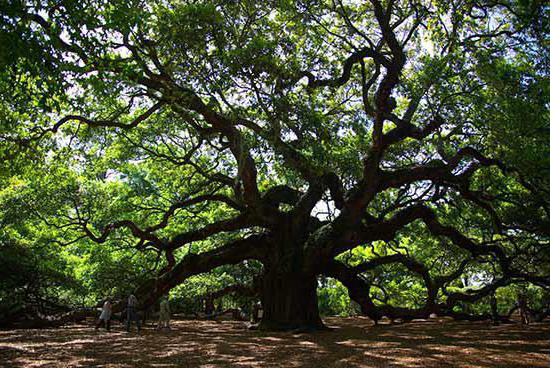
Renewable reserves of the world's natural resources mean that they can be used almost indefinitely, but it is important to allow the right time to renew them, otherwise they will turn into non-renewable ones. The former include the purity of air, water and soil, as well as vegetation and fauna. 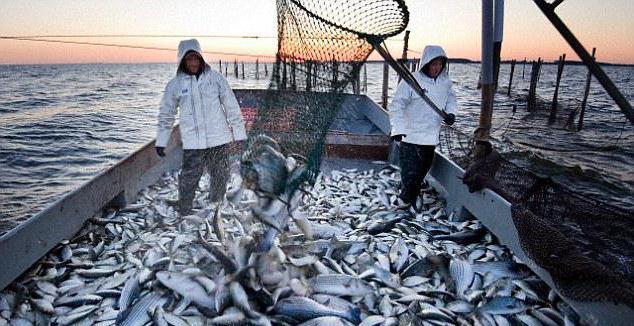 appear as a result of various ore formation processes that occur in the upper layers crust... The demand for such minerals is hundreds of times higher than their estimated quantity, and since their reserves are negligible compared to consumption, the chances of their renewal are zero. These include the mineral reserves of the planet.
appear as a result of various ore formation processes that occur in the upper layers crust... The demand for such minerals is hundreds of times higher than their estimated quantity, and since their reserves are negligible compared to consumption, the chances of their renewal are zero. These include the mineral reserves of the planet.
African Mining Development Center: This center is a mission to work with Member States and their national and regional organizations to help transform the role of natural resources in the development of the continent by strengthening economic and social relations. One of its main objectives would be "to ensure that Africa's interests and concerns in this sector are properly articulated and internalized throughout the continent for the benefit and prosperity of all."
In conclusion, we can conclude that the geopolitical realities of Africa influence and influence the natural resources of the continent. They are at the root of many of the continent's conflicts, tensions and manifestations of instability. Therefore, Africans are trying, through joint initiatives, to make their natural resources a lever for development, going beyond the limited views of sovereignty.
2. Inexhaustible. These are all those that almost every inhabitant of the Earth has in abundance: air, water, wind energy. They are so familiar to everyone that sometimes they simply cease to be appreciated, but without these resources, human life would become impossible.
Classification of natural reserves by types of their use
All types of natural resources of the world are actively used by people in two main directions:
- agricultural sector;
- industrial production.
Agricultural resources combine all types of natural resources that are aimed at creating agricultural products and making a profit. For example, agro-climatic reserves provide an opportunity for the cultivation and further use of various cultivated plants and grazing livestock. Without water, it is generally impossible to imagine the proper functioning of the rural industry. Here it plays a key role, as it is used for irrigation of crops and other crops, as well as for watering livestock. Fortunately, most of the natural resources used in this area are inexhaustible (water, soil, air).
High demand for minerals
Industrial production has its own system of consumption of world reserves. The number of factories, factories and enterprises has reached its maximum today. A variety of means are needed to meet their demand. V modern world there is the greatest need for them and they have the greatest financial value. These are oil, gas, coal and bitumen (refer to energy reserves). 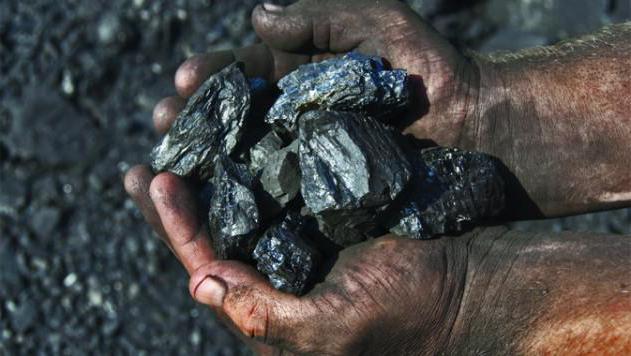
Some species
The group of useful natural resources also includes forest, land and water resources. Although they are not energetic, they are all valuable as they contribute to the expansion of industrial activities. They are also actively used in the construction industry.
Inexhaustible water resources
Most scientists agree that the oceans are full of reserves useful for humanity. This is a huge storehouse of salts, minerals and more. It is generally accepted that the seas and oceans contain no less natural benefits than all the land together. Take for example sea water... For every inhabitant of the Earth, there are almost three hundred million cubic meters of this salty life-giving moisture. And these are not just dry numbers. One cubic meter of salty sea liquid contains a huge amount of salt (table), magnesium, potassium and bromine. It is noteworthy that even gold is present in chemical composition water. She is truly precious! In addition, it serves as a continuous source for the extraction of iodine.
But the seas and oceans are not only rich in water. Countless minerals are mined from the bottom of the world's oceans. It is common knowledge that of all, oil and gas play the most important role. Black gold is mined primarily from Gas also makes up about ninety percent of the natural reserves that are mined from the seabed.
But this is not the only value for the global industry. The main wealth of deep-sea deposits is ferromanganese nodules. These amazing materials, formed at great depths, can contain up to thirty different metals! The first attempt to get them from the seabed was made by the United States of America in the seventies. They chose the waters of the Hawaiian Islands as the object of their research.
Geographic distribution of natural goods on the surface of the Earth
The geography of the world's natural resources is quite diverse. Recent facts have confirmed that the most effective land resources used by countries such as the United States of America, India, Russia and China. Huge areas for arable land and land cultivation enable these countries to make full use of the land reserves of nature. If we talk about mineral springs, then their distribution is not entirely even. Ores are mainly located in the central and eastern parts Europe. 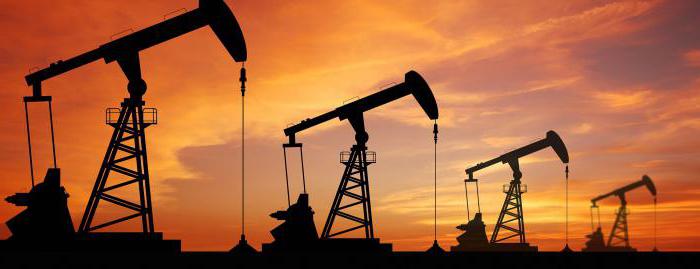 The largest oil fields are located in the depths of the North Sea and Atlantic Ocean... Iraq, Saudi Arabia, Russia and China also have a large amount of reserves of this good. Unfortunately, the natural resources of the countries of the world are rapidly depleting. For humanity, the point of no return is becoming more and more real.
The largest oil fields are located in the depths of the North Sea and Atlantic Ocean... Iraq, Saudi Arabia, Russia and China also have a large amount of reserves of this good. Unfortunately, the natural resources of the countries of the world are rapidly depleting. For humanity, the point of no return is becoming more and more real.
Problems and prospects associated with the use of natural reserves
The environment is a complex and not fully explored world. People have only slightly opened the veil of secrets and mysteries of the only "living" planet. Since the dawn of human history, they have tried to conquer the elements of nature for their own good. As you can see, man has always had a significant impact on the ecological state of the Earth. Over time, it intensified more and more. New technologies and scientific progress have played a fundamental role in this. Unfortunately, human invasion of nature has caused the world's natural resource problems.
New opportunities for humanity
In the first centuries, the inexhaustible biological resources of nature were more used, but now, in an age of progress, people penetrated the seabed, deep into the mountain ranges and drilled wells tens of meters into the earth. This made it possible to find hitherto inaccessible natural resources. People have carefully studied the components of the natural environment. Minerals, ore and coal deposits have opened the door to the use of powerful energy.
Fatal errors
However, together with high scientific and technical advances serious environmental problems have emerged. And, unfortunately, the human hand is mostly to blame for this. His vigorous activity has become the main cause of the problems associated with natural resources. Recently, the word "ecology" has become increasingly common. Everybody is thirsty clean water, breathe clean fresh air and not get sick, but few people think that this requires the conscious efforts of everyone. 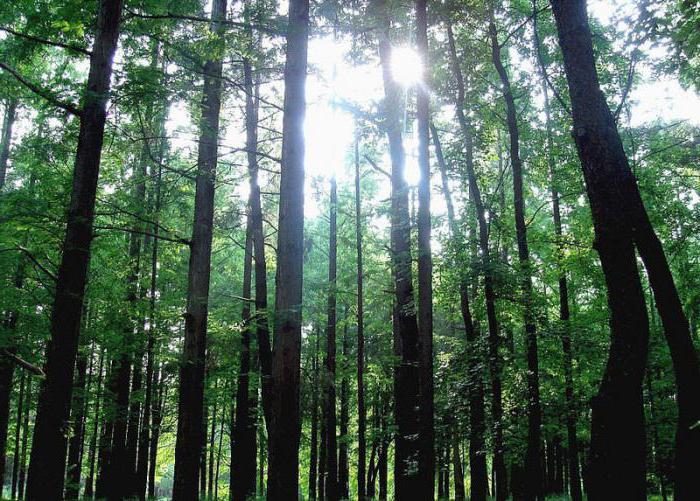 Indeed, over the years of mankind's life on Earth, the useful components of the natural environment have significantly decreased, and environmental pollution has reached its peak. If we talk about the state of the atmosphere, then its age-old shell has become so thin that it can soon provoke an ecological catastrophe. The reason for this was uncontrolled waste emissions from enterprises. Toxic vapors and harmful gases inflict strong blows on the state of the biosphere.
Indeed, over the years of mankind's life on Earth, the useful components of the natural environment have significantly decreased, and environmental pollution has reached its peak. If we talk about the state of the atmosphere, then its age-old shell has become so thin that it can soon provoke an ecological catastrophe. The reason for this was uncontrolled waste emissions from enterprises. Toxic vapors and harmful gases inflict strong blows on the state of the biosphere.
The water is also not in the best condition. There are very few rivers left on the planet that would be free of pollution and debris. Together with waste water, a huge amount of pesticides and other fertilizers gets into them. Most sewers and drainage canals also lead their polluted waters to rivers and seas. This provokes the rapid growth of mud - algae that harm river flora and fauna. Thousands of cubic meters of "dead" moisture enter the oceans every week. Nitrates and other poisons are increasingly seeping into the ground and underground waters.
Attempts by people to fix something
Most of the leading countries have adopted conservation laws today environment, however, the threat of complete pollution of the environment has not become less urgent.
The eternal confrontation between industrial companies and representatives international organization Greenpeace gives only temporary results. The second place in terms of pollution (after the atmosphere) is occupied by the water of the World Ocean. It tends to self-purify, but in reality this process does not have time to achieve its goal. The accumulation of debris in the waters is causing the mass extinction of many animal species.
Extraction of oil from the ocean floor is often unsuccessful, as a result of which huge oil spills appear on the surface of the water surface. Their oily structure does not allow oxygen to pass through and millions of living creatures living in the sea are unable to saturate their bodies with clean air.
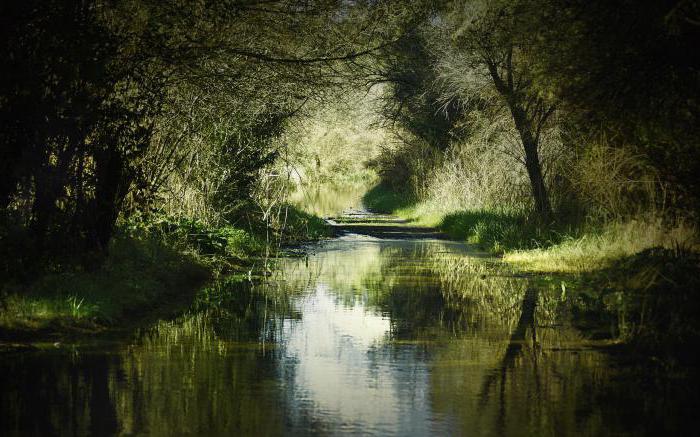
Negative impact on wildlife
The release of toxic waste into rivers and seas affects even large inhabitants of the deep water. Large fish confuse garbage with food and swallow various tin and plastic items. These sad statistics show the problems and prospects of the future.
Humanity has yet to learn how to properly manage the ecosystem around it. People are created for a happy, and most importantly, healthy life on Earth. However, a series of mistakes led the world to almost environmental disaster.
Over time, it became clear that solving the problem fundamentally is possible only thanks to the responsible approach of every inhabitant of the planet. And the expression that “one is not a warrior in the field” is inappropriate here. In fact, each person has the ability to make a valuable contribution to conserving the world's natural resources. With a little thought, you can take concrete steps towards a clean environment. A good start there will be tree planting and garbage collection on its territory. Man cannot change the world, but everyone can change himself!

